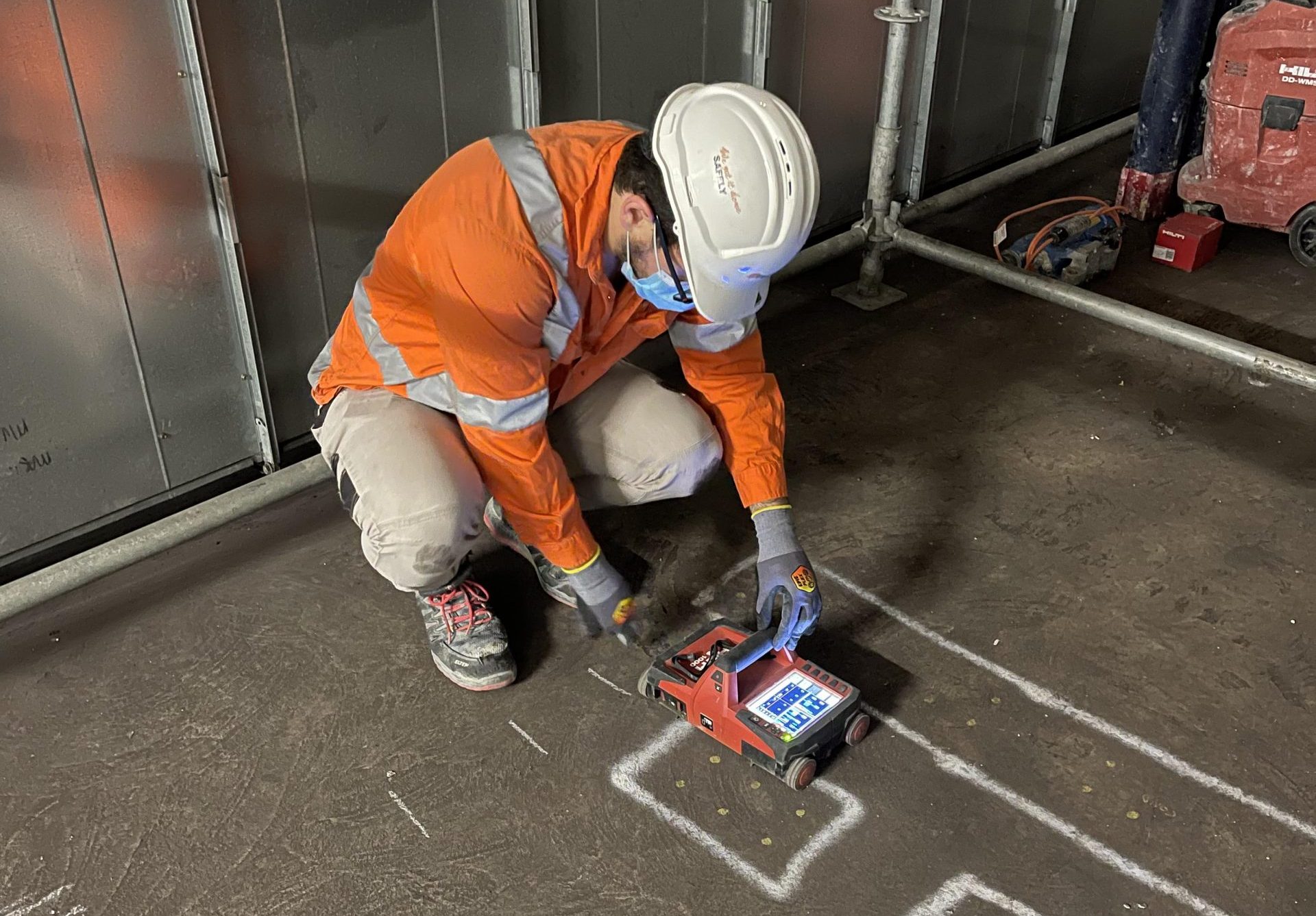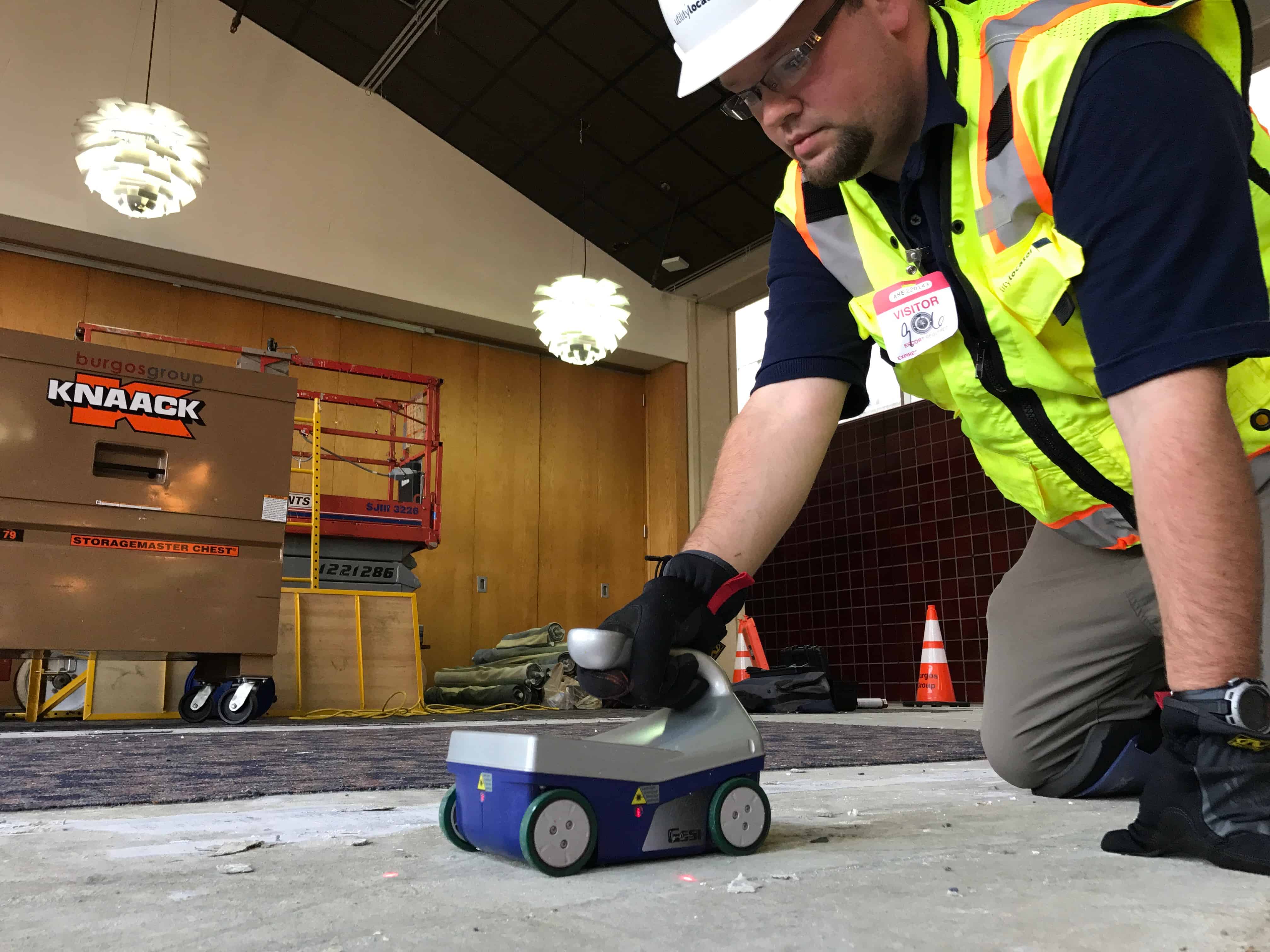Accuracy and Precision in Concrete Scanning Solutions
Accuracy and Precision in Concrete Scanning Solutions
Blog Article
Past the Surface Area: Leveraging Advanced Concrete Scanning Techniques for Unmatched Precision and Insight
Advanced concrete scanning strategies have arised as important devices in this quest, using a look below the surface area to unveil a world of important understandings. By taking advantage of cutting-edge innovations, professionals can reveal anomalies, assess the condition of concrete frameworks, and make notified decisions that shape the training course of jobs.
Significance of Advanced Concrete Scanning
The relevance of making use of advanced concrete scanning methods exists in the unequaled accuracy they offer for detecting sub-surface abnormalities and ensuring structural integrity. By utilizing innovative innovations such as ground-penetrating radar (GPR), electro-magnetic induction, and progressed finder imaging, construction professionals can delve underneath the surface of concrete frameworks with a degree of accuracy that much exceeds traditional assessment approaches. Concrete Scanning. These strategies make it possible for the recognition of concealed risks like rebar corrosion, voids, channels, or post-tension cable televisions that might endanger the stability and security of a structure gradually
In addition, progressed concrete scanning gives important insights into the total condition of a concrete element without the requirement for intrusive measures, decreasing the danger of creating damages throughout the evaluation procedure. The capacity to determine the specific location and deepness of prospective concerns allows for targeted repair work and maintenance, inevitably lengthening the life-span of the structure and optimizing its performance. Fundamentally, the importance of advanced concrete scanning can not be overemphasized in the realm of building and construction and infrastructure upkeep, where precision and dependability are extremely important.
Sorts Of Cutting-Edge Technologies

Abnormalities and Defect Detection

Along with GPR, concrete scanning techniques like thermography and impact-echo screening are likewise effective in detecting abnormalities and problems. Thermography makes use of infrared technology to identify variations in surface area temperature, suggesting potential locations of concern such as delamination or wetness access. On the other hand, impact-echo screening involves assessing acoustic responses to find spaces, fractures, and various other defects within the concrete. By leveraging these innovative strategies, professionals can proactively address structural problems, guaranteeing the long life and safety of concrete structures.
Assessing Concrete Problem
Just how can designers properly review the problem of concrete frameworks to guarantee their durability and safety and security? Examining the concrete condition is an essential aspect of keeping framework integrity. Various advanced concrete scanning strategies are utilized for this purpose. Ground-penetrating radar (GPR) is frequently made use of to assess the interior structure of concrete, identifying voids, fractures, and other anomalies that might compromise its stamina. Additionally, impact-echo screening can give insights into the thickness and honesty of concrete aspects. Ultrasonic pulse speed testing is another useful approach for assessing concrete quality by gauging the rate of audio waves with the material.
Additionally, aesthetic evaluation stays a basic part of concrete condition analysis. Designers visually take a look at the surface for indications of damage, such as spalling, splitting, or discoloration. Combining non-destructive screening approaches with visual Resources evaluations permits for a comprehensive assessment of concrete problem, making it possible for designers to determine potential issues at an early stage and carry out prompt upkeep or repair work. By leveraging these innovative strategies, designers can make sure the long-lasting toughness and safety and security of concrete frameworks.
Enhancing Decision-Making Processes
In the world of framework administration, optimizing decision-making procedures is important for guaranteeing the effective upkeep and longevity of concrete frameworks. Improved decision-making processes in concrete management involve making use of advanced scanning strategies to gather detailed data on the problem of structures. By leveraging innovations such as ground-penetrating radar and 3D imaging, stakeholders can make enlightened choices pertaining to reinforcement, replacement, or repair service strategies.
These progressed scanning techniques give vital understandings into the inner make-up of concrete, determining potential issues such as spaces, splits, or corrosion that might not show up on the surface area. This level of comprehensive details enables proactive upkeep planning, minimizing the threat of architectural failures and boosting the total life expectancy of concrete structures.
Additionally, by incorporating electronic paperwork and evaluation tools into the decision-making procedure, stakeholders can track the evolution of concrete problems in time, making it possible for anticipating maintenance techniques and enhancing source allotment. Eventually, the assimilation of innovative concrete scanning methods boosts decision-making processes by giving unrivaled accuracy, understanding, and performance in infrastructure administration.
Final Thought
Finally, progressed concrete scanning methods supply unequaled accuracy and understanding in identifying abnormalities, defects, and analyzing the condition of concrete frameworks. By leveraging sophisticated innovations, decision-making procedures can be improved, leading to even more informed and effective services for keeping and repairing concrete facilities. These methods play an important role in ensuring the safety and security and longevity of concrete frameworks, making them an indispensable tool in the field of construction and design.
Furthermore, progressed concrete scanning offers important understandings into the general condition of a concrete element without the demand for invasive actions, decreasing the threat of triggering damage throughout the assessment process - Concrete Scanning. An additional innovative technology is 3D X-ray scanning, which gives comprehensive pictures of the inner framework of concrete, using useful details without the need for destructive testing. Furthermore, Concrete Cover Meters are made use of to measure the thickness of concrete cover over reinforcement bars accurately. Improved decision-making processes in concrete management visit this page include using sophisticated scanning techniques to gather detailed data on the condition of frameworks.In verdict, advanced concrete scanning techniques offer unmatched accuracy and insight in discovering anomalies, defects, and analyzing the condition of concrete structures
Report this page